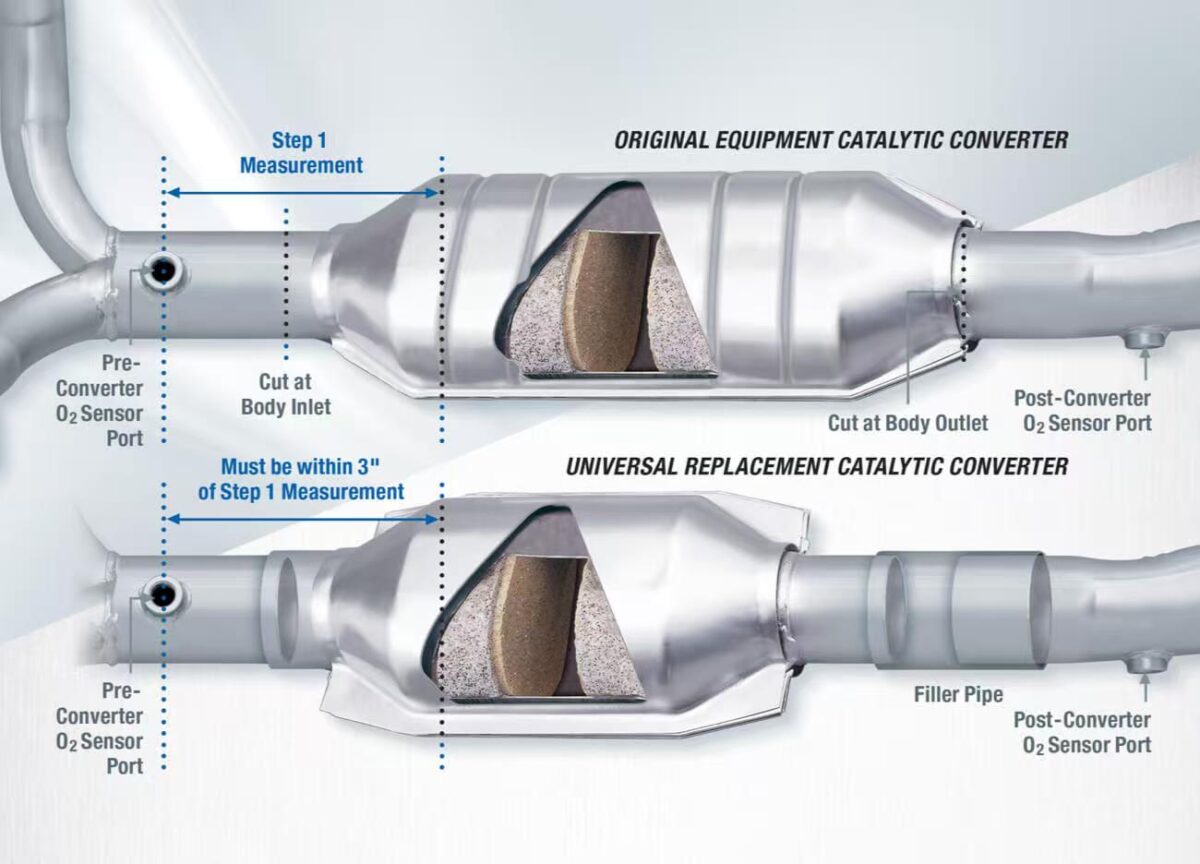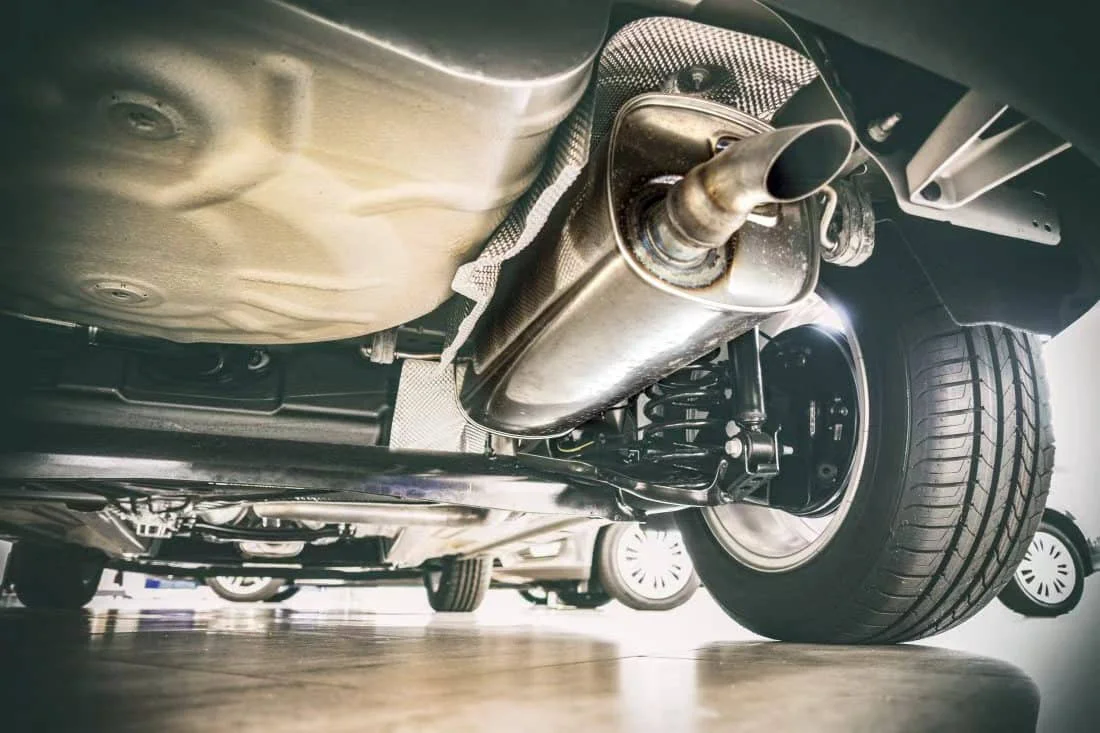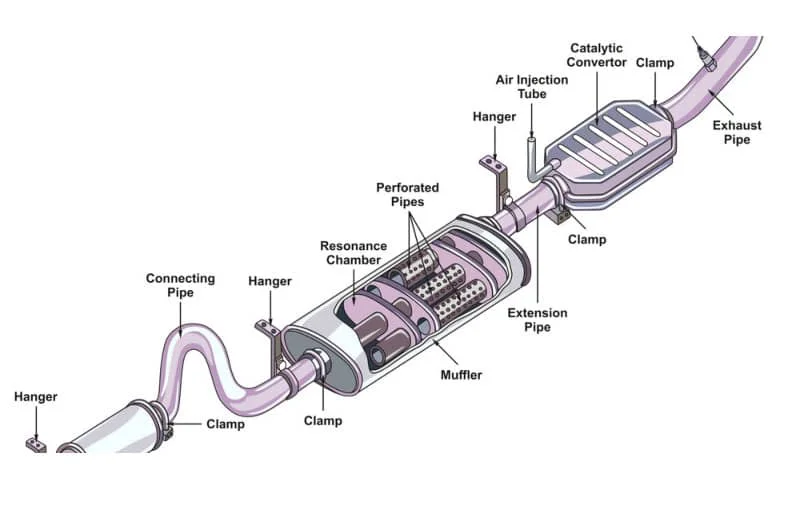Products
We offer a comprehensive range of catalytic converters and exhaust system components to meet various vehicle requirements
Ready to take action? Send us enquiry!
We offer a comprehensive range of catalytic converters and exhaust system components to meet various vehicle requirements
Ready to take action? Send us enquiry!

Your exhaust system is comprised of a variety of components that work together to direct harmful gases away from the vehicle, in the safest way possible.
The exhaust manifold connects to the cylinder head and takes each cylinder’s exhaust, collecting it into one pipe. The size of your car’s exhaust manifold will depend on the number of cylinders your engine has.
All modern vehicles have at least two oxygen sensors (O2 sensors). Just as the name says, it senses how much oxygen is in your exhaust and sends that information to your car’s computer. From there, the computer can then add or subtract fuel to achieve maximum fuel economy. The other job it does is it makes sure that your catalytic converter is doing its job and cleaning the air going through your exhaust system.
The first O2 sensor was used by Volvo in the late 1970s. Due to federal emission laws in 1981, oxygen sensors became virtually mandatory in all vehicles’ exhaust system components.
This vital part of your exhaust system converts harmful carbon monoxide and hydrocarbons into water vapor and carbon dioxide. Some catalytic converters also reduce harmful nitrogen oxides.
The exhaust system hangers, that can also be referred to as exhaust supports, are the mounts that are used to secure and support the exhaust pipes to the underside of the vehicle. For your exhaust system’s overall health, even a single broken hanger can be dangerous. When one hanger breaks, there’s increased pressure on the others.
If your exhaust system has a broken hanger, it need to be replaced immediately by your local professional repair shop.


Clamps and joints can be damaged when there’s a lot of movement in the exhaust system. Fortunately, cracked welded joints at a muffler or resonator joint can be replaced. In other cases, clamped joints may not be cracked, but are leaking exhaust fumes. In this case, an exhaust pipe sealer can be applied to the affected area to cure or the pipe itself can be replaced.
The muffler may not seem essential to your car’s exhaust system, but all of your neighbors are happy you have it. That’s because the one thing that keeps your car running quietly is the muffler. Since the combustion process is a series of small explosions that create a lot of noise, your muffler helps quiet the sound.
Rumbling Engine Noise – One of the most common signs of an exhaust leak, an increasingly loud rumbling noise coming from the engine should not be ignored. The noise gets louder when accelerated, due to an increase in exhaust production, especially when you increase speed on the highway. This noise occurs when the exhaust smoke comes through a small hole or crack in the pipes of your exhaust system.
Decrease in Fuel Economy – If you experience an exhaust leak, your average fuel economy can drop nearly 40 percent – or more! Due to your O2 sensor not being able to take correct readings, your system will believe more oxygen is being produced which will result in more gas being burnt through, thus lowering your mileage.
Vibrating Gas Pedal – Another sign of exhaust system issues can come with a vibrating gas pedal. When exhaust fumes aren’t being emitted correctly, things can get a bit shaky. Often times, these vibrations and shaking sensations can creep into your gas pedal or even your steering wheel! Depending on how severe the leak is, various engine rumbling and vibration usually go hand in hand.
WhatsApp us

